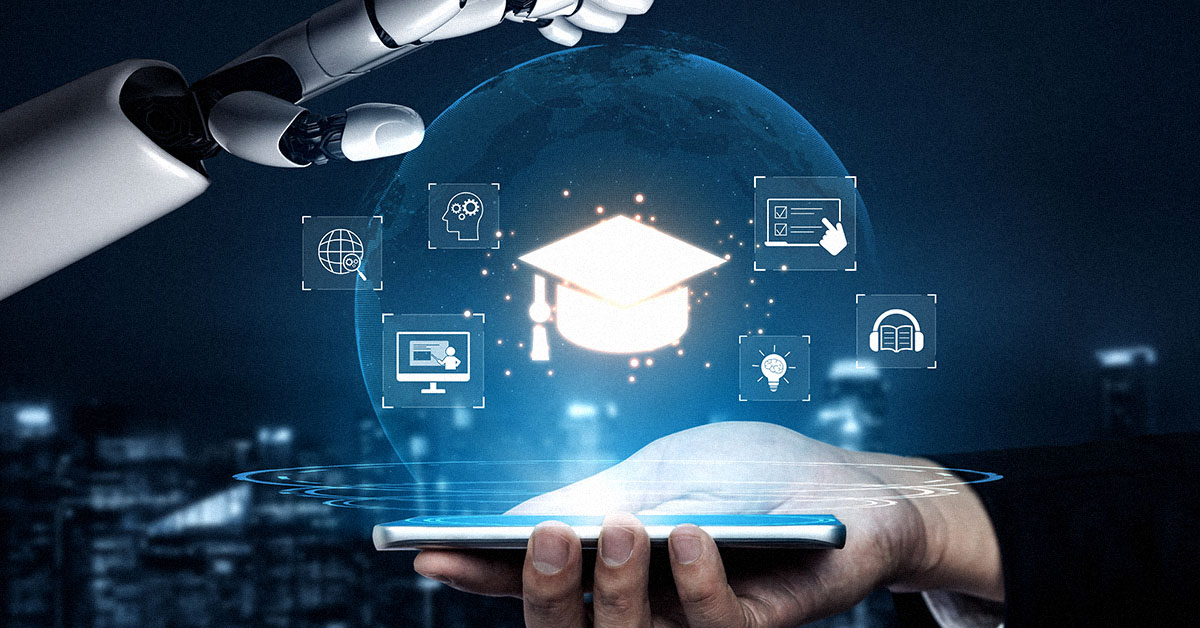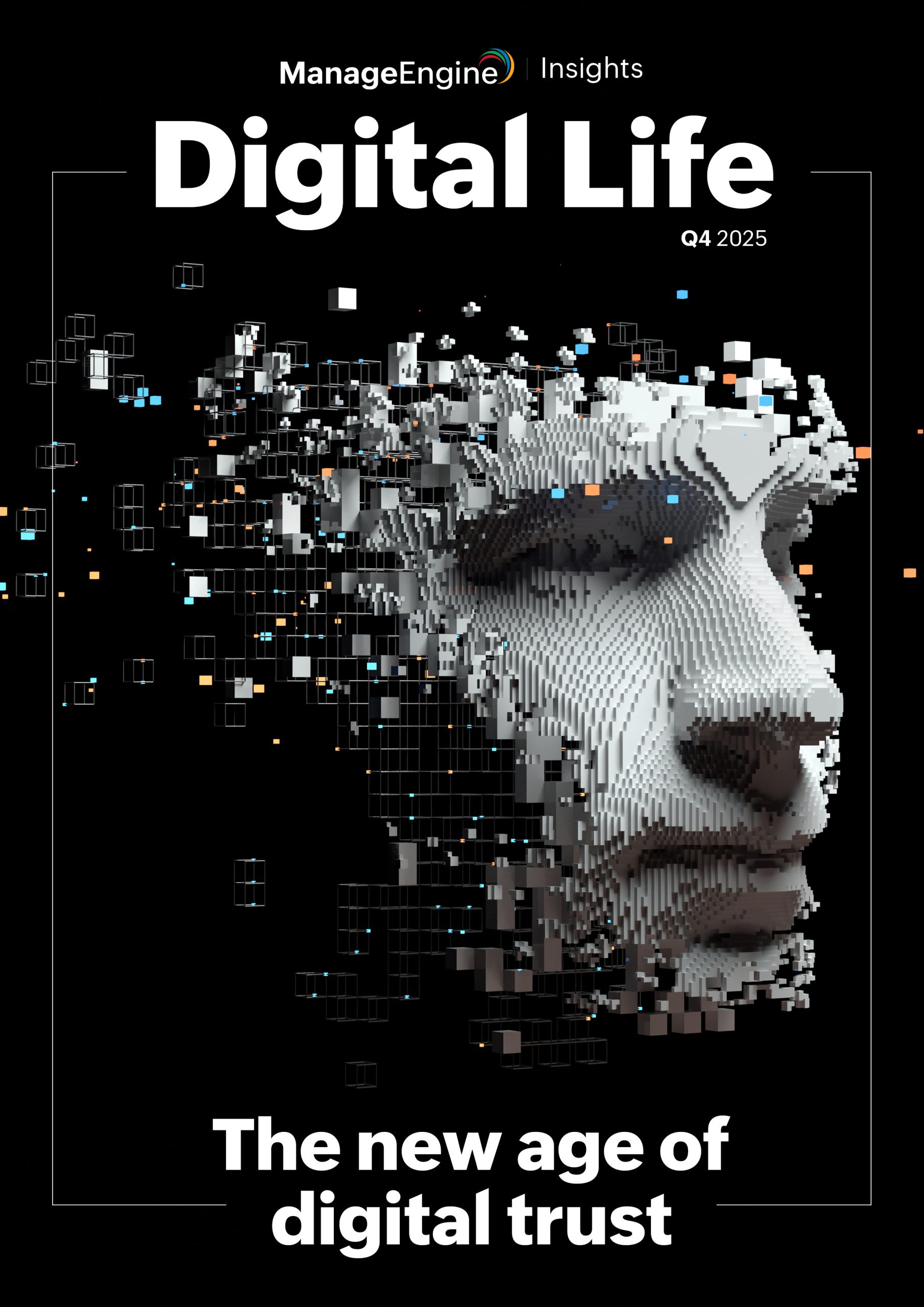During the past several months, Rajesh Ganesan and his ManageEngine team have been traveling the world, rebooting the user conference program that the pandemic brought to an abrupt halt at the beginning 2020.
Central to any ManageEngine UserConf is the company’s broader perspective on the IT industry, which Ganesan, the president of the company, shares with users in his keynote speech. Since the UserConf reboot, Ganesan’s perspective focuses on the future of work in the digital enterprise.
Simply put, we are entering the era of the digital enterprise. Here’s what that means for IT professionals and their companies.
Rise of the digital enterprise
Two factors are driving the rise of the digital enterprise. The first factor is the work we do to satisfy our evolving wants, needs, and expectations. The second factor is the complete democratization of access to technology. Combined, these two factors are reshaping the way we work, including the way we innovate, collaborate, organize, and operate.
Innovate. Until recently, innovation within most companies came from the top down. Executives came up with new ideas based on their big-picture view of their businesses. Now, the democratization of knowledge and access to technology means that anyone in the organization can generate viable ideas.
Collaborate. People who want to work together are no longer confined to a single location, inside a meeting room or conference hall. Now, it doesn’t matter where co-workers and collaborators are situated geographically. Technology has made it possible to work with anyone, anywhere, in real time.
Organize. Historically, teams were structured in a way that reflected their company’s org chart. Team hierarchy looked a lot like company hierarchy. Digitalization is changing the way teams form and function, making them fluid and self-organizing. Now, employees wear multiple hats and regularly contribute to projects that lie outside of their formal, official positions.
Operate. The rise of digital technologies is giving rise to digital expectations: People expect digital alternatives to traditional products and services, from healthcare to banking, education, and beyond. We don’t want go to an office, handle hardcopy documents, or do other manual tasks when there’s a digital option. And that digital-first preference is changing the way we work.
Digital enterprise trends
The above changes to our work reflect general trends that have only grown and accelerated since 2020. Going forward, for instance, employees expect their employers to provide remote work options, at least during part of the the work week. And employers expect to make remote work options available.
A second trend is that companies that embrace digital transformation find themselves in a position to conduct rapid, profound capabilities transformation. When facing circumstance that trigger widespread upheaval, these companies have the wherewithal to quickly reinvent themselves—including their capabilities, their business models, their ways of delivering services to their customers—sometimes in a matter of days.
A third trend is employees’ rising expectation to do more complex and creative work as formerly manual processes are automated by digital transformation projects. People no longer want to do routine, repetitive work. They want to work on complex and creative projects that challenge them in new ways.
A fourth trend represents a transition from tools to experiences. In the past, we spent a lot of time learning the hardware and software tools we needed to get our jobs done. Today, tools have become smart—think ChatGPT and generative AI—and they are giving way to experiences. That shift, too, is changing the expectations of employees and customers alike as they come to expect constant improvement in their experiences.
Managing the digital enterprise
As more companies make the transition to become digital enterprises, more IT professionals will find themselves rethinking how to manage the underlying information technologies. In the era of the digital enterprise, we have to move beyond individual tools and individual processes.
We have to shift into a holistic mindset that accommodates all aspects of digitalization, enabling the delivery of the employee and the customer experience. In the digital enterprise, that means accommodating the three Ws:
Workforce. The workforce represents all the people that contribute to a digital enterprise, including permanent, full-time employees; part-time employees and contractors; partners; and others.
Workplace. The workplace is any location in which work is performed, by any member of the workforce. The workplace is not confined to a particular building or geography. It’s wherever people get their work done.
Workloads. A workload represents more than the processing demands generated by servers and network devices. In the digital enterprise, a workload represents any component in your technology infrastructure that can impact the users’ experience.
In the digital enteprise era, IT teams will be able to provide employees and customers a consistent experience across every digital medium. You won’t have to train people the tools they need to get their jobs done. Instead, you will be able to adapt to users’ practices and demands to seamlessly deliver the experience they expect.
You will be able to provide mobility without compromising security. Employees will be able to work the way they want, where they want. And you will be able to weave in a layer of security to make sure the work model does not create any security holes.
You will be able to enhance productivity by removing barriers to work. Rather than users reporting IT problems to you, your infrastructure will have built-in intelligence that anticipates problems users may have as well as those they do have. You can fix a problem before users experience it.
Finally, you will be able to respond to threats at the speed of business. While optimizing employee and customer experience is the primary focus of a digital enterprise, you will also be able to detect and respond to threats and issues as quickly as possible.
To deliver on the promise of the digital enterprise, IT teams can look forward to managing their infrastructures with a digital enterprise platform that takes a holistic approach to handling the demands created by the three Ws.
The digital enterprise management platform will support the workforce with user self-service across locations, devices, and channels. It will provide enterprise-wide workflows and orchestration for IT and business processes. And it will be powered by a single-touch workflow platform.
The platform will support the workplace with an adaptive user experience with intelligence at the edge to recognize where the user is, what device is being used, and what privileges should be maintained or revoked. It will also provide self-diagnosis, self-remediation, and self-healing of endpoints.
And the platform will handle workloads by monitoring, measuring, and improving employee experience holistically. It will leverage telemetry data from user identities, devices, and applications as well as network and infrastructure components. In turn, that data will feed a full stack monitoring and correlation platform.
Welcome to the era of the digital enterprise. It’s time to deliver an outstanding experience to all users, employees and customers alike, regardless of their status, their location, or the technology they use to have their experience. It’s time to manage your enterprise like a digital enterprise.











